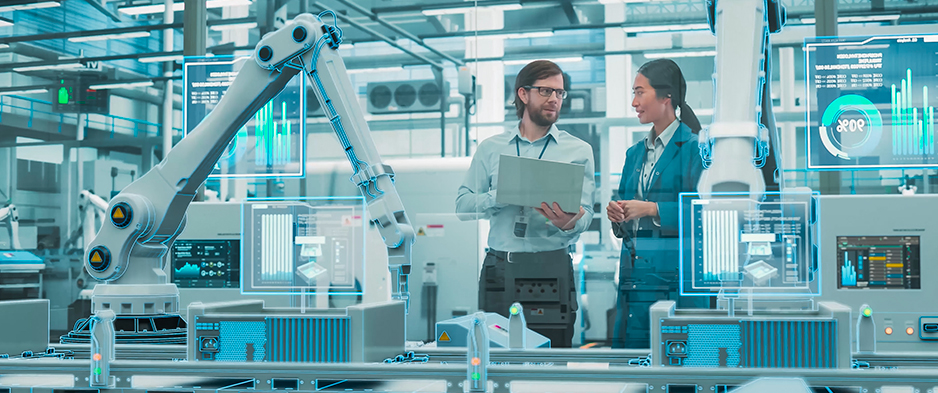The Internet of Things (IoT) market is experiencing rapid growth, with global projections estimating its total value will surpass 2 trillion euros by 2030. This trend is driven by ongoing digital transformation, advancements in connectivity technologies, and the widespread adoption of smart devices across various industries, from manufacturing and healthcare to automotive and agriculture.
IoT Market Growth: Data and Trends
In recent years, IoT has seen exponential growth, particularly in industrial and manufacturing sectors, becoming a key driver of Industry 4.0. According to Grand View Research, the global IoT market exceeded €1 trillion in 2023 (Grand View Research), and Fortune Business Insights forecasts it will reach €2.4 trillion by 2030, with a compound annual growth rate (CAGR) of 11.4% (Fortune Business Insights).
Several factors are fueling this expansion: digitalized production processes, integration of smart sensors, increasing industrial automation, predictive monitoring, and real-time management of operations. Businesses are increasingly investing in IoT infrastructure to enhance efficiency, traceability, and sustainability. Furthermore, the combined use of AI, edge computing, and machine learning is boosting operational intelligence across facilities.
To ensure sustained growth in the coming years, the IoT sector must focus on several key goals and challenges:
1. Interoperability and Common Standards
One of the main priorities is ensuring seamless interoperability between IoT devices and platforms. Currently, the industry landscape is fragmented, with many incompatible solutions. The lack of global standards hinders efficient integration among machinery, management software, and cloud systems. Unlocking IoT’s full potential will require unified protocols and open-source solutions that serve as a shared language.
2. Cybersecurity and System Resilience
With increased connectivity comes greater exposure to cyberattacks. Today’s manufacturing plants are vulnerable to ransomware, data breaches, and sabotage. The IoT of the future must include built-in security protocols, advanced authentication, end-to-end encryption, and proactive monitoring systems. Cybersecurity will no longer be optional, it will be a fundamental component of every industrial system.
3. Predictive Maintenance and Digital Twins
As IoT evolves, predictive models based on real-time sensor data will become widespread. These models will help companies anticipate failures, optimize maintenance schedules, and minimize downtime. A central element in this shift is the use of digital twins, virtual replicas of physical systems. This approach not only improves efficiency but also paves the way for self-optimizing production cycles.
4. Sustainability and Energy Optimization
IoT plays a key role in helping industries meet ESG goals (Environmental, Social, Governance). Smart sensors and data analytics allow real-time monitoring of energy use, CO2 emissions, and environmental impact. In the future, we can expect broader adoption of energy-efficient facilities, smart energy grids, and demand-driven production. This not only ensures compliance with environmental regulations but also reduces operational costs.
5. Decentralized Automation and Edge Computing
As the IoT market expands, one of the main enablers will be decentralized architectures powered by edge computing. This technology enables data collected from sensors to be processed directly on-site, without the need to send it to remote data centers. The result is faster decision-making, lower latency, and significantly reduced network traffic. It enables facilities to respond in real time to operational changes, anomalies, or emergencies, improving both efficiency and process continuity.

